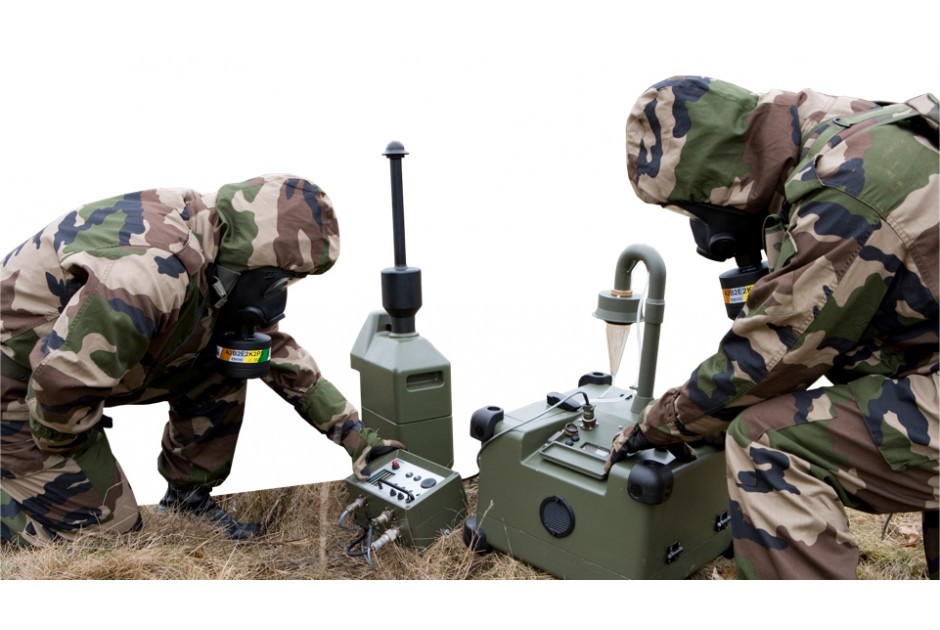EN ISO 21420 Protective gloves general requirements fit and comfort testing
The European Standard EN ISO 21420 outlines the general requirements for protective gloves used in various industries, focusing on human factors and comfort. This standard is crucial for manufacturers of protective gloves to ensure that their products meet ergonomic and safety standards, thereby enhancing both user comfort and performance.
Human factors testing under this standard focuses on assessing how well a glove fits an individual wearer and provides comfort during prolonged use. This includes evaluating the glove's dimensions, fit, and adjustability, as well as its ability to maintain a comfortable fit throughout the working day. The aim is not only to ensure that gloves do not restrict movement but also that they are designed with ergonomics in mind.
The standard defines several key parameters for measuring fit and comfort:
- Length and circumference of the glove
- Finger length, width, and curvature
- Thumb position and fit
- Cuff design and fit
The testing process involves multiple stages. Initially, a sample population is selected to represent typical users. This group may include different hand sizes, shapes, and genders, ensuring that the findings are broadly applicable.
Once the sample population is established, each individual's hands are measured using precise instruments such as calipers for dimensions like length and circumference. The gloves are then fitted onto these measurements to determine how well they match with the user’s hand anatomy.
The comfort aspect of the test involves evaluating factors such as:
- Pressure points
- Restriction of movement
- Heat retention and dissipation
- Sweat management
A standardized set of tasks is performed by the test subjects to simulate real-world scenarios. This helps in assessing whether the gloves impair dexterity or hinder performance during typical job functions.
The results from these tests are analyzed using statistical methods, comparing the measured dimensions and user feedback against predefined criteria outlined in EN ISO 21420. Compliance with this standard ensures that protective gloves not only protect users but also enhance their working experience by providing a comfortable fit.
At Eurolab, we utilize state-of-the-art facilities and experienced personnel to conduct these tests rigorously, adhering strictly to the methodologies prescribed in EN ISO 21420. Our comprehensive approach ensures that our clients receive accurate, reliable data on their product's compliance with this important standard.
Scope and Methodology
| Aspect | Description |
|---|---|
| Sample Selection | A diverse group of individuals representing typical users, including variations in hand size, shape, and gender. |
| Glove Fitting | The process involves measuring the hand dimensions using calipers and fitting gloves to these measurements. |
| Comfort Evaluation | Evaluation of pressure points, movement restriction, heat retention/dissipation, and sweat management through standardized tasks. |
The methodology for EN ISO 21420 testing is designed to ensure that protective gloves meet ergonomic standards, enhancing user comfort without compromising safety. The use of precise measurement tools and standard operating procedures guarantees accurate results that are both reliable and repeatable.
Eurolab Advantages
At Eurolab, we pride ourselves on offering world-class testing services tailored specifically to the requirements set forth by EN ISO 21420. Our advantages include:
- Expertise in human factors and comfort assessment
- Use of advanced measurement tools and techniques
- Comprehensive reporting with detailed insights into test results
- Adherence to international standards ensuring compliance
- Support for continuous improvement through feedback loops
We understand the importance of these tests in ensuring that protective gloves are both effective and comfortable, enhancing the overall user experience. Our commitment to precision and reliability is reflected in every service we provide.
Use Cases and Application Examples
- Military Applications: Ensuring that personal protective equipment (PPE) fits soldiers accurately for optimal performance during missions.
- Hazardous Environment Workers: Designing gloves that provide comfort while protecting workers from harsh conditions in industries like construction and mining.
- Pipeline Inspectors: Crafting gloves that offer a comfortable fit for personnel who need to work in tight spaces over extended periods.
- Critical Care Nurses: Providing ergonomic support for healthcare workers performing tasks requiring fine motor skills.
In each of these scenarios, the ability to accurately measure and assess glove fit and comfort is crucial. Our testing services ensure that manufacturers can develop products that not only protect users but also enhance their working experience by providing a comfortable fit.





